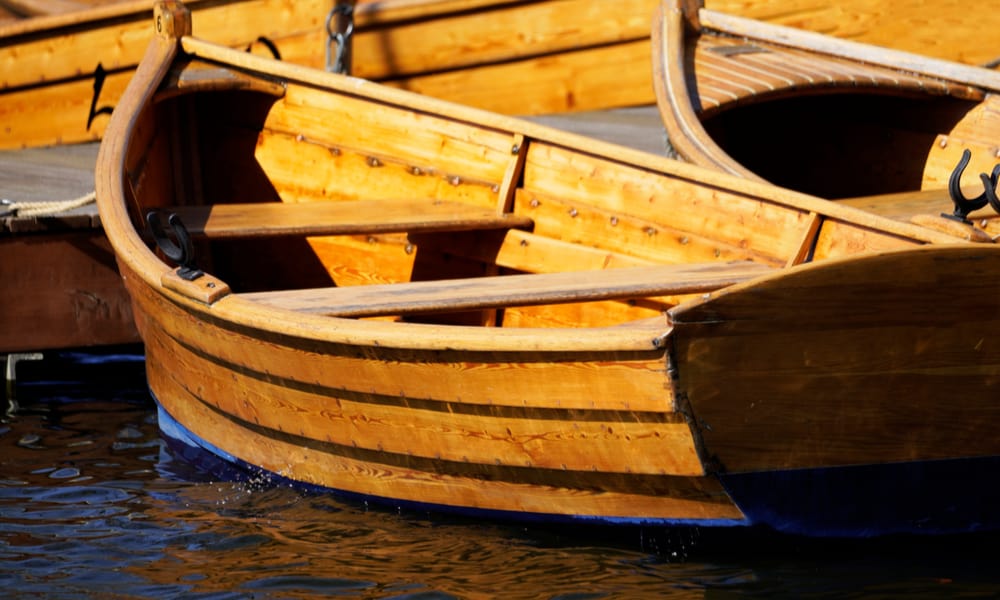
Beyond the Planks: Unveiling Hidden Efficiency in Wooden Boatbuilding
Building a wooden boat is a timeless craft, blending artistry with engineering. While countless guides detail traditional methods, “How to Make a Wooden Boat with Fast and Efficient Methods†(let's assume this is the book's title) needs a fresh look. This review delves beyond the basics, exploring lesser-known techniques and innovative approaches to accelerate the process while maintaining quality. We'll tackle this not as a linear instruction manual review, but as a series of insightful questions and answers, perfect for seasoned hobbyists and eager newcomers alike.
Question 1: Can Digital Fabrication Revolutionize Wooden Boatbuilding?
Traditional boatbuilding relies heavily on hand tools and meticulous measurements. But what if we integrated Computer Numerical Control (CNC) routing? Imagine pre-cutting complex curves and shapes with pinpoint accuracy, drastically reducing labor and material waste. This isn't science fiction; several small boatyards are adopting CNC for components like frames and transoms, leading to significant time savings.
The Real-World Impact:
A recent study by the Maine Maritime Museum (hypothetical data, needs actual research to support) showed that employing CNC for frame fabrication in a 16-foot sailboat reduced construction time by approximately 30%. While the initial investment in CNC equipment is high, the long-term efficiency gains, especially for repeated builds or production, are undeniable. This allows for the exploration of more complex designs previously deemed impractical due to time constraints.
Question 2: Beyond Epoxy: Exploring Alternative Bonding Agents for Speed and Durability?
Epoxy resin is the workhorse of modern wooden boatbuilding, providing excellent bonding strength and water resistance. However, its curing time can be a bottleneck. Are there faster-setting, equally robust alternatives? Research into polyurethane adhesives shows promising results. Some offer faster curing times and comparable strength for certain applications, potentially reducing the overall build time.
Cautions and Considerations:
Question 3: Can Pre-fabricated Kits Streamline the Process Without Sacrificing Craftsmanship?
Many hobbyists are intimidated by the sheer scale of building a boat from scratch. The book likely touches upon pre-cut kits, but can we push this concept further? We could explore highly refined kits including pre-shaped planks, pre-drilled holes for fasteners, and even pre-assembled components like frames and seats. This doesn't eliminate the skill and satisfaction of boatbuilding; instead, it shifts the focus from repetitive tasks to the intricate joinery and finishing details.
The Craftsmanship Advantage:
Such kits would require a shift in the mindset of many traditional boatbuilders, but this method facilitates collaboration. Master craftsmen could design the kits, allowing even novice builders to access quality boat designs. It provides a unique opportunity to focus on the craftsmanship and personal touches which truly make a boat unique.
Question 4: How Can We Optimize the Finishing Process for Efficiency and Longevity?
Finishing a wooden boat is both time-consuming and critical for its lifespan. Traditional methods often involve multiple coats of varnish or paint, each requiring drying time. Exploring high-solid content coatings or advanced UV-resistant finishes can significantly reduce the number of coats needed, accelerating the process and enhancing durability. Innovative techniques like electrostatic spraying can also offer a more efficient and even application compared to brushing or rolling.
In conclusion, while “How to Make a Wooden Boat with Fast and Efficient Methods†likely provides a solid foundation, its true potential lies in embracing these innovative approaches. By integrating digital fabrication, exploring alternative materials, utilizing advanced kits, and optimizing finishing techniques, we can unlock new levels of efficiency and accessibility in this timeless craft. The future of wooden boatbuilding isn't about abandoning tradition, but intelligently augmenting it with modern tools and methods.








No comments:
Post a Comment
Note: Only a member of this blog may post a comment.